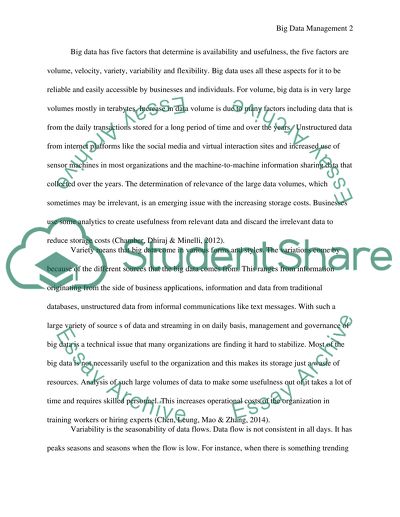Cite this document
(“Big Data Coursework Example | Topics and Well Written Essays - 2500 words”, n.d.)
Big Data Coursework Example | Topics and Well Written Essays - 2500 words. Retrieved from https://studentshare.org/information-technology/1682637-big-data
Big Data Coursework Example | Topics and Well Written Essays - 2500 words. Retrieved from https://studentshare.org/information-technology/1682637-big-data
(Big Data Coursework Example | Topics and Well Written Essays - 2500 Words)
Big Data Coursework Example | Topics and Well Written Essays - 2500 Words. https://studentshare.org/information-technology/1682637-big-data.
Big Data Coursework Example | Topics and Well Written Essays - 2500 Words. https://studentshare.org/information-technology/1682637-big-data.
“Big Data Coursework Example | Topics and Well Written Essays - 2500 Words”, n.d. https://studentshare.org/information-technology/1682637-big-data.


